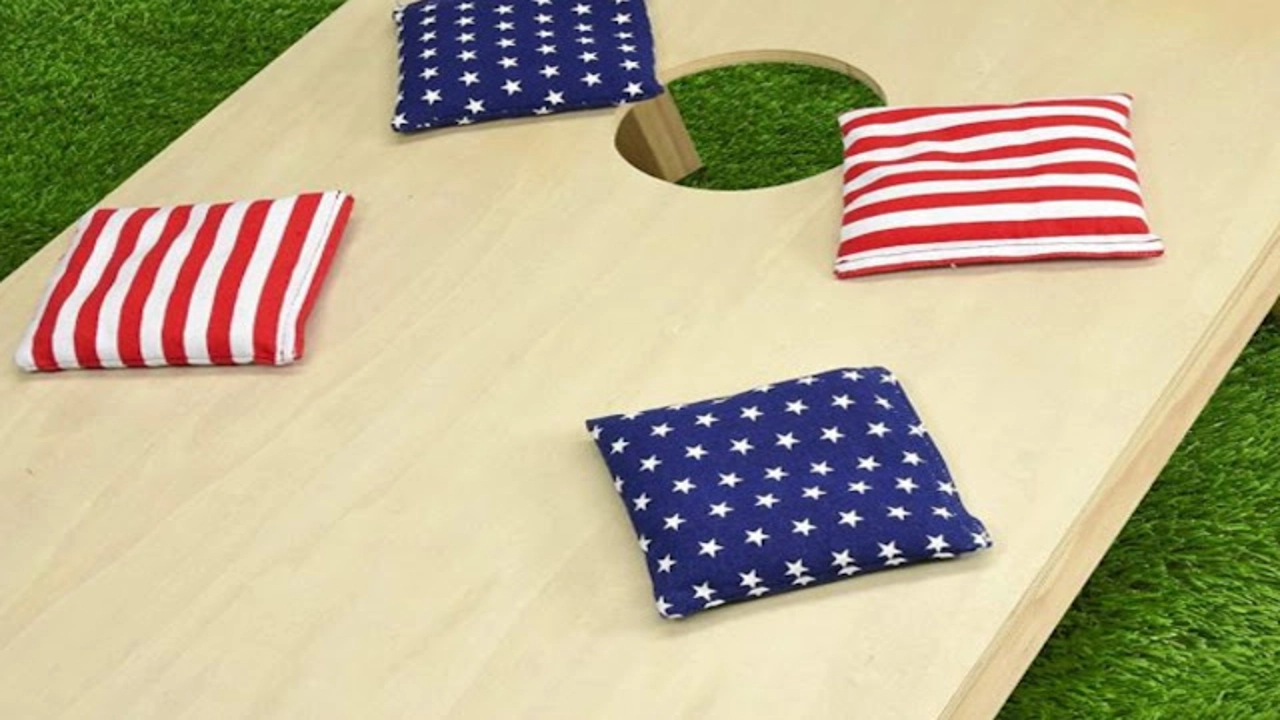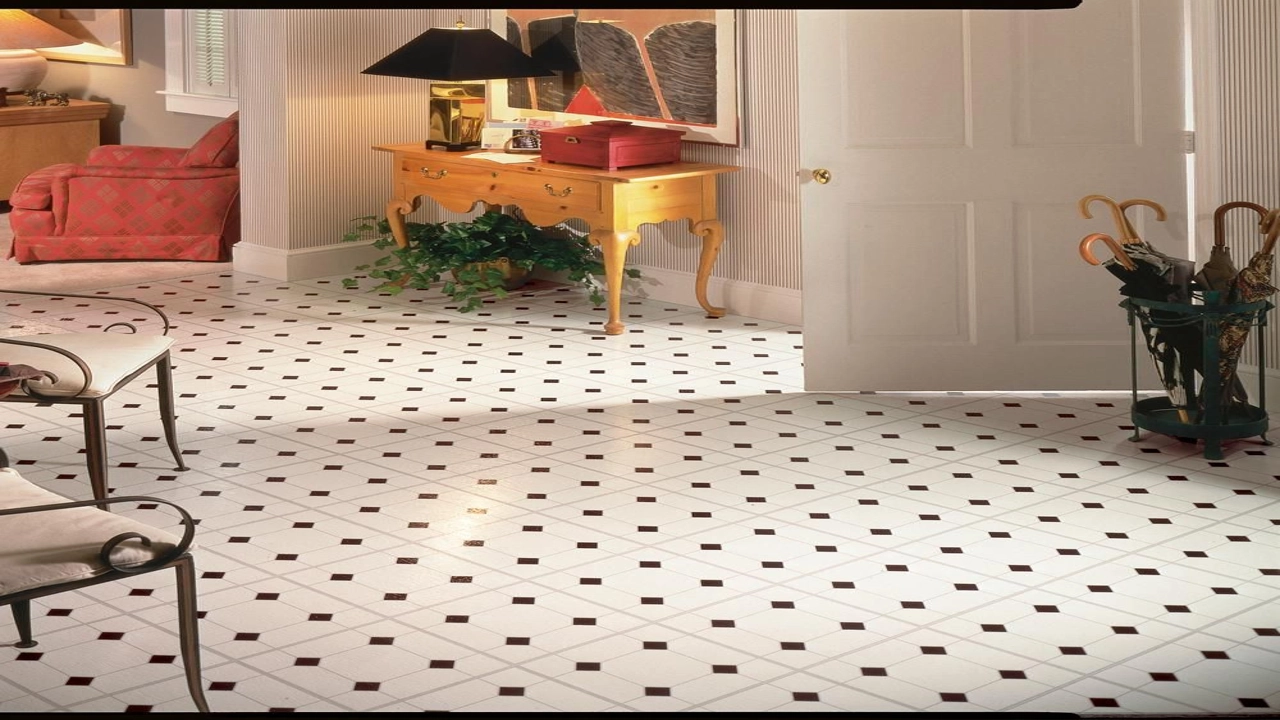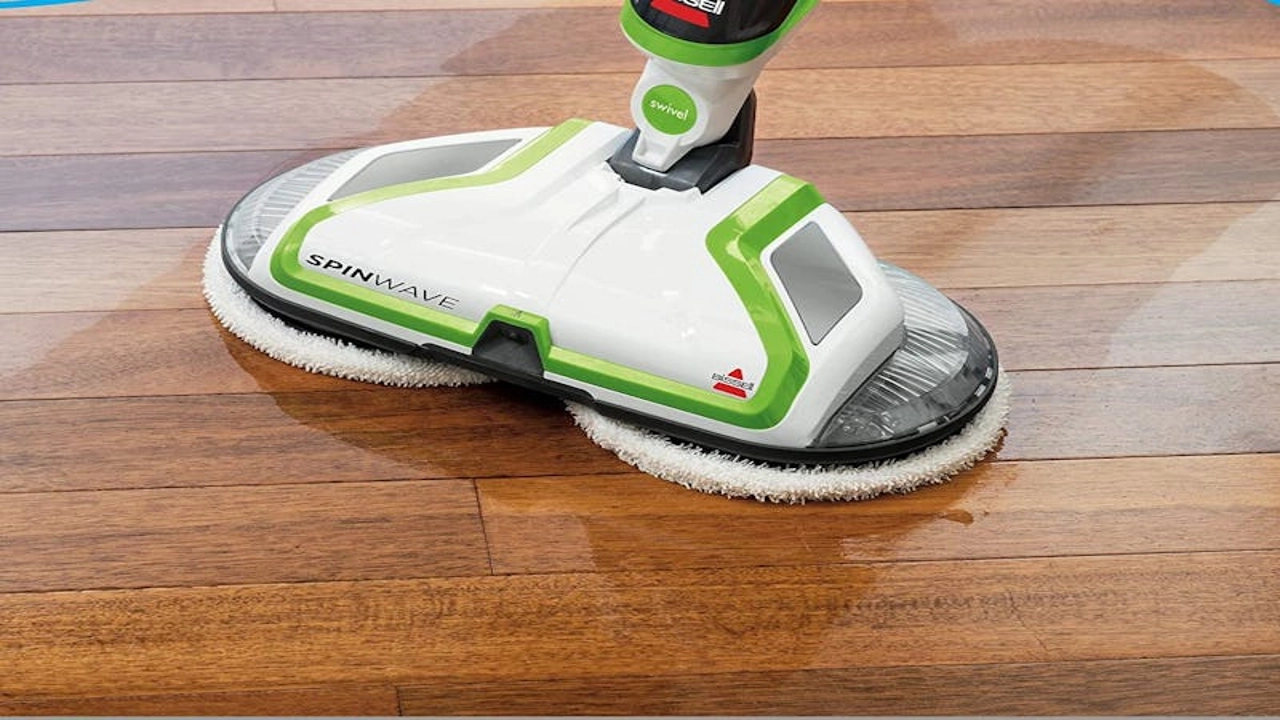How to make corn hole bags is a popular search query for those looking to add a personal touch to their backyard games. Creating your own bags can be a fun and rewarding project, allowing you to customize the colors, fabrics, and designs to match your style. You will need a few basic materials, including fabric, beans, and a sewing machine.
First, you will cut the fabric into squares and sew the edges to create a bag. Next, you will fill the bag with beans, leaving enough room to sew the opening closed. You can then add your personal touch by decorating the bags with paint, fabric markers, or embroidery. With some practice and patience, you can create high-quality corn hole bags that will last for years to come.
Cornhole is a popular outdoor game, perfect for backyard gatherings or tailgating. Making your own cornhole bags is a fun and rewarding DIY project that lets you customize your game with your favorite colors and patterns. You’ll save money, too, compared to buying pre-made bags.
Here’s a step-by-step guide on how to make cornhole bags:
Gathering Your Supplies
Before you start sewing, gather your materials. You’ll need:
- Fabric: Choose a durable, double-sided fabric like duck cloth, canvas, or vinyl.
- Filling: For classic cornhole bags, you’ll use dried corn kernels. You can also find pre-packaged cornhole bag filling online or at craft stores.
- Sewing machine and thread: Choose a sturdy thread that matches your fabric.
- Scissors: Sharp scissors make cutting fabric easier.
- Measuring tape: You’ll need a tape measure to cut your fabric accurately.
- Iron and ironing board: Pressing your fabric before sewing ensures clean seams.
- Safety pins: Use these to temporarily hold your fabric together before sewing.
- Optional: You might want to add a touch of flair with decorative fabric scraps, stencils, or paint.
Choosing the Right Fabric
The fabric you choose is crucial for long-lasting cornhole bags.
- Duck cloth: This is a popular choice for cornhole bags because it’s durable and affordable. It comes in a variety of colors and patterns.
- Canvas: Canvas is another durable option that’s often used for outdoor projects. It’s slightly more expensive than duck cloth but will hold up to wear and tear.
- Vinyl: Vinyl is waterproof and easy to clean, making it a great choice for cornhole bags that might get exposed to the elements.
Cutting the Fabric
Once you’ve chosen your fabric, it’s time to cut it.
- Measure and cut two squares: For standard cornhole bags, you’ll need two squares of fabric measuring 6″ x 6″.
- Optional: If you’re using a decorative fabric for the front of your bags, you can cut a smaller square (e.g., 5″ x 5″) and use it to create a design. You can sew this decorative square onto the larger 6″ x 6″ square before you fill the bag.
Sewing the Bags
Now it’s time to sew your cornhole bags. Here’s how:
- Pin the fabric: Lay the two squares of fabric right sides together. Use safety pins to hold them in place.
- Sew three sides: Sew around three sides of the square, leaving one side open. You can use a straight stitch or a zig-zag stitch for extra durability.
- Turn the bag right side out: Carefully turn the bag right side out through the open side.
- Fill the bag: Fill the bag with dried corn kernels. You’ll need about 15 ounces of corn kernels per bag.
- Sew the opening: Sew the open side closed. Be sure to sew it securely to prevent the filling from escaping.
Adding a Touch of Personalization
Once your cornhole bags are sewn, you can personalize them to make them unique.
- Use decorative fabric: You can add a touch of color and pattern with decorative fabric scraps. Cut out shapes or designs and sew them onto the bags.
- Paint the bags: You can use fabric paint to create patterns, designs, or even write your name on the bags.
- Embroider the bags: If you’re skilled with embroidery, you can use thread to create intricate designs on your bags.
Making Your Own Cornhole Bags
You can find detailed instructions and helpful tips for how to make cornhole bags in various online tutorials. Some even include free printable patterns.
Here are a few resources to help you get started:
- DIY Network: Offers a step-by-step guide for making cornhole bags with detailed instructions and photos. [Link to DIY Network Tutorial]
- The Spruce Crafts: Provides a comprehensive guide for making cornhole bags, including tips for choosing the right fabric and filling. [Link to The Spruce Crafts Tutorial]
- Pinterest: You can find countless creative ideas for cornhole bag designs and personalization tips on Pinterest. [Link to Pinterest Cornhole Bags]
FAQ: Common Questions about Making Cornhole Bags
How much filling do I need for cornhole bags?
You’ll need about 15 ounces of dried corn kernels per bag.
What is the best way to seal the opening of the bag?
Use a sturdy thread and stitch securely around the opening to prevent the filling from escaping. You can also use a zig-zag stitch for added durability.
Can I use other materials instead of corn kernels?
You can experiment with other materials like plastic pellets, beans, or even sand.
How can I make my cornhole bags waterproof?
Use a waterproof fabric like vinyl or seal your fabric with a waterproof spray.
Making Your Own Cornhole Game
Once you’ve made your cornhole bags, you can also build your own cornhole game boards. You can find detailed instructions for making cornhole boards online, as well.
Conclusion:
Making your own cornhole bags is a rewarding project that allows you to personalize your game and add a touch of creativity to your outdoor fun. Enjoy creating your unique cornhole bags!
want to make the best cornhole bags ever you re just one trick away
Have you ever wondered what it would be like to own a piece of history? Maybe you’ve dreamt of holding a rare book, a piece of pottery from a long-gone civilization, or even a fossil that whispers of a bygone era. The world of collecting artifacts can be a fascinating and rewarding journey, but it’s important to approach it with care and respect.
Why Collect Artifacts?
Collecting artifacts can be a deeply personal experience. It’s a way to connect with the past, to understand different cultures and time periods, and to appreciate the craftsmanship and ingenuity of those who came before us.
- Historical Connection: Owning an artifact provides a tangible link to the past. You can hold in your hands an object that has witnessed historical events, felt the touch of history, and even survived for centuries.
- Cultural Understanding: Artifacts tell stories about how people lived, worked, and interacted with the world around them. They offer insights into ancient rituals, everyday life, and the beliefs of different cultures.
- Personal Enrichment: Building an artifact collection can be a hobby, a passion, or even a lifelong journey of discovery. It can spark your curiosity, broaden your knowledge, and foster a deeper appreciation for the world around you.
The Ethical Considerations of Artifact Collecting
While the thrill of owning a piece of history is undeniable, it’s crucial to approach collecting artifacts ethically. Here are some key considerations:
- Provenance: It’s vital to know the history of an artifact. Where did it come from? How did it end up in your possession? This information is crucial for understanding its value and ensuring it wasn’t acquired through illicit means.
- Legality: Many countries have strict laws regarding the ownership and trade of artifacts. Ensure you are aware of and abide by all relevant regulations.
- Respect for Cultural Heritage: Artifacts often hold immense cultural significance for the communities they originate from. Treat them with respect and avoid profiting from objects that may have been looted or stolen.
Tips for Responsible Artifact Collecting
If you’re passionate about collecting artifacts, here are some tips for doing so responsibly:
- Do Your Research: Learn about the historical and cultural context of the artifacts you’re interested in.
- Choose Reputable Dealers: Deal with reputable dealers who can provide documentation and guarantees regarding the provenance of their items.
- Support Ethical Organizations: Consider supporting museums, archaeological societies, or other organizations that promote responsible conservation and research.
- Learn to Care for Your Collection: Proper storage, handling, and preservation are crucial for safeguarding the value and integrity of your artifacts.
The Rewards of Artifact Collecting
Collecting artifacts offers numerous rewards. It can enrich your life with knowledge, connect you to the past, and provide a unique and fascinating hobby. By approaching this world with care and responsibility, you can contribute to the preservation and appreciation of history for generations to come.
Related Search Queries:
- How to start an artifact collection
- Where to buy artifacts online
- Artifact collecting for beginners
- Ethical artifact collecting guide
- The history of artifact collecting
- The value of artifacts
- Ancient artifact identification
- Antique artifact restoration
- Artifact auctions and sales
- Popular artifact collections
Making Cornhole Bags: Your Questions Answered
Q: What materials do I need to make cornhole bags?
A: You need fabric, corn kernels, a sewing machine, thread, and scissors. You can choose the type of fabric you want, but a durable material like duck cloth or canvas is recommended.
Q: How much fabric do I need?
A: You’ll need enough fabric to cut out two squares for each bag, which will be about 12 inches by 12 inches. If you’re making a set of eight bags, you’ll need enough fabric for sixteen squares.
Q: How do I fill the bags with corn kernels?
A: First, sew the two squares together, leaving an opening for filling. Then, pour the corn kernels into the opening until the bag is full. You can use a funnel to make the process easier.
Q: How much corn do I need for each bag?
A: You’ll need approximately 1.5 pounds of corn per bag. You can find corn kernels at most craft stores or online.
Q: How do I close the opening after filling the bag?
A: After filling the bag, you can close the opening by hand-stitching it closed or using a sewing machine. Be sure to stitch it securely so that the corn doesn’t spill out.
Q: What is the best way to sew the bags?
A: The best way to sew the bags is to use a strong, durable thread and to sew the seams with a straight stitch. You can also reinforce the seams by sewing over them twice.
Q: How do I make sure the bags are the correct size and weight?
A: Use a ruler or measuring tape to make sure each square is 12 inches by 12 inches. After filling the bags with corn, weigh each bag on a kitchen scale to ensure they weigh around 1.5 pounds.
Q: Can I use other filling materials besides corn?
A: Yes, you can use other materials like dried beans, rice, or plastic pellets. However, corn kernels are a popular choice because they provide a good balance of weight and durability.
Conclusion
You now have all the tools and knowledge you need to create your own cornhole bags. Remember, the key is to choose high-quality materials, follow the instructions carefully, and personalize your bags with your favorite colors and designs. You’ll have a set of bags that are as unique as you are, and you’ll be ready to enjoy countless hours of backyard fun with friends and family.
So, what are you waiting for? Gather your supplies, put on your crafting hat, and start making your own cornhole bags today! Share your creations and any tips you have with the community in the comments below. Don’t forget to spread the word about this post on social media and tag your creations with #DIYCornholeBags. Let’s see those bags!





